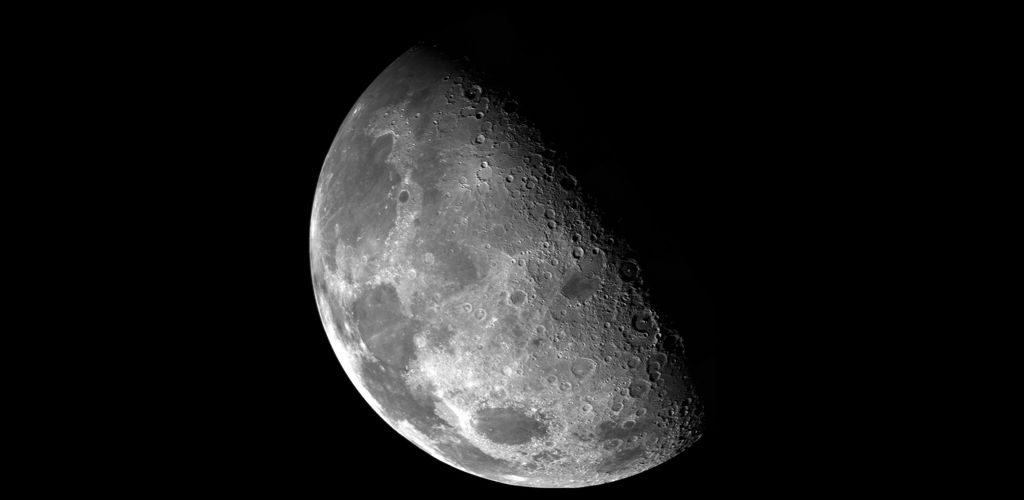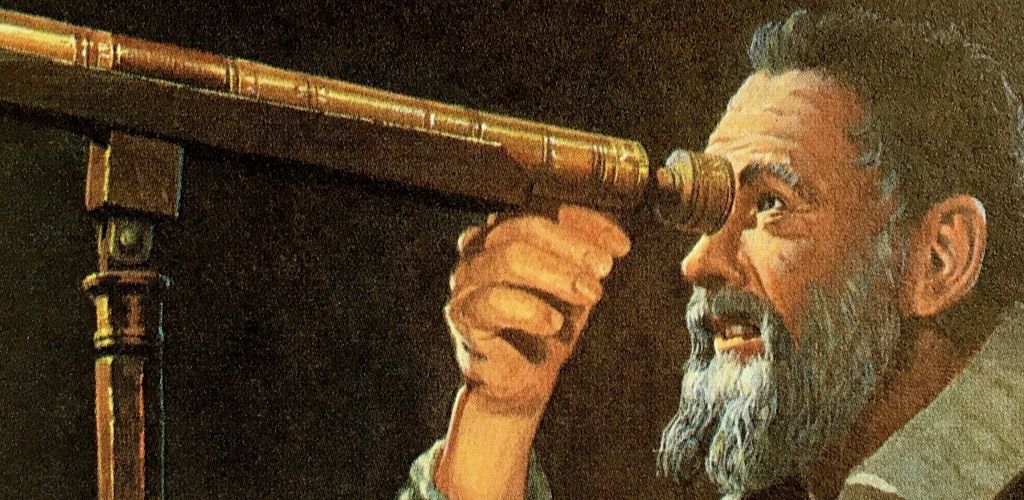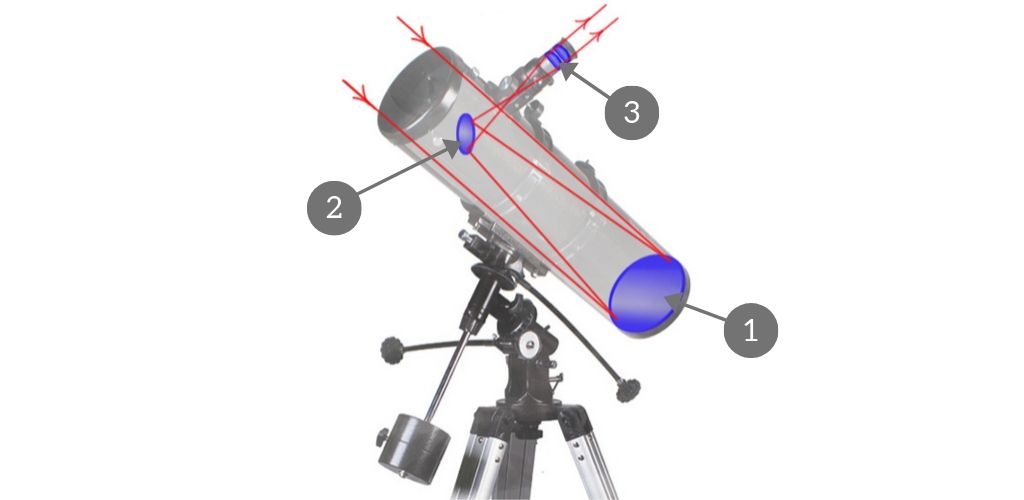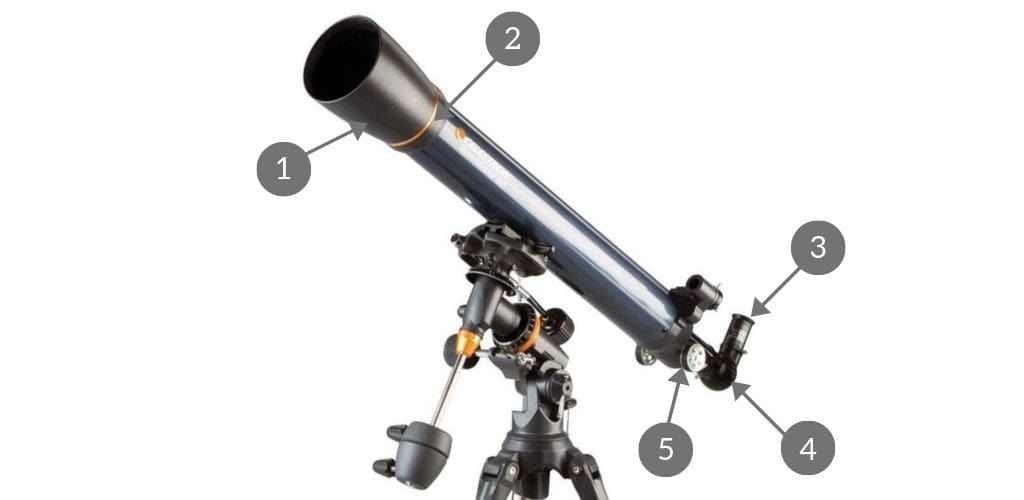
Why beginners in astronomy prefer the refracting telescope ?
The refracting telescope, or refractor, is often chosen by the amateur astronomers because it is easy to use and install and does not require much maintenance. Of course, there are different styles of telescopes : refractors that use lenses, reflectors that use mirrors, and catadioptrics that use lenses and mirrors.

The refracting telescopes are very suitable for admiring the Moon and planets because they offer a very good contrast, which makes it easy to see the subtle details. They also often have a longer focal length that allows them to get larger magnifications, just enough to observe every detail of an object. That said, making a lens tends to cost more than a mirror, so refracting telescopes usually have a smaller aperture.
Let’s start with the history of the refracting telescope…
The magnification capabilities of lenses have been known for centuries. In the late 16th and early 17th century, this knowledge was deepened and some talented opticians combined the lenses and created the telescope. This instrument was then mainly directed to the sky, its most famous user being Galileo who observed Jupiter and its moons, as well as the surface of the Moon and sunspots.

It was understood that the refracting telescope could deflect (refract) the light and that it had a magnifying effect. The refracting telescope has improved with advances in optical technology, although it has basically remained the same : a lens to collect and focus light and several smaller lenses near this focal point to enlarge the image.
How a refracting telescope works
Today, lenses have become larger and optical developments have given rise to doublets and even triplets. This involves placing two or even three lenses close together to form the main lens to reduce and correct problems caused by the use of a single piece of glass. These lens combinations serve to reduce chromatic aberrations. A single lens does not focus all the colors of the spectrum at the same point but this can be corrected by combining two lenses of different shape and type of glass. These lenses are called “achromatic lenses”. They are found in just about every type of refracting telescopes manufactured today. Chromatic aberration reveals a colorful halo around shiny objects. We can completely cancel it by using a triplet but, because of their high price, we only find them in the most expensive telescopes.

What to know before choosing your refractor
Because refracting telescopes are effective at producing very large and contrasting images, they are ideal for viewing the Moon and planets. If you’re thinking of buying one, pay attention to two things : very cheap refractors have poor quality lenses, which manufacturers try to improve by adding a mask behind the main lens to reduce the effect of false color. But it also reduces the aperture !
Check that all lenses have undergone “full multilayer treatment”. This helps to ensure that all the light passes through the lens system and reduce glare and other unwanted effects. Also check that the eyepiece holder is handled smoothly and that it is supplied with an angled eyepiece which makes the observation more comfortable. If eyepieces are provided, check that they are of good quality. If you are hoping to observe stars, nebulae or planets, choose a refactor with a medium focus. Finally, avoid buying a too big and therefore unwieldy refracting telescope. You will see more with a refracting telescope that you can manipulate.
Anatomy of a refracting telescope

1) Dew shield
As the name suggests, this part of the telescope tube extends beyond the lens to prevent fogging. Ideally, it should exceed 10-15 cm from the lens.
2) Lens
The lens of a telescope is the “eye” of the telescope. It collects light from celestial objects and directs it to the eyepiece at the other end of the tube.
3) Eyepiece
The eyepiece is the lens that magnifies the image and provides a sharp image. Refracting telescopes are often sold with two or three eyepieces that are usually interchangeable with those of other telescopes.
4) Angled eyepiece
It is used to make the observation more comfortable because it reorients at 90 ° the light coming out of the telescope. It is either composed of a prism or a flat mirror, which is better because the mirrors absorb less light than the prisms. This is not negligible because the light of the stars is often very weak.
5) Eyepiece holder
It is the mechanism that ensures the focus so that the image is clear. Each eyepiece has a different focus point, so it is important that the eyepiece is set smoothly and does not shake the tube while moving.
